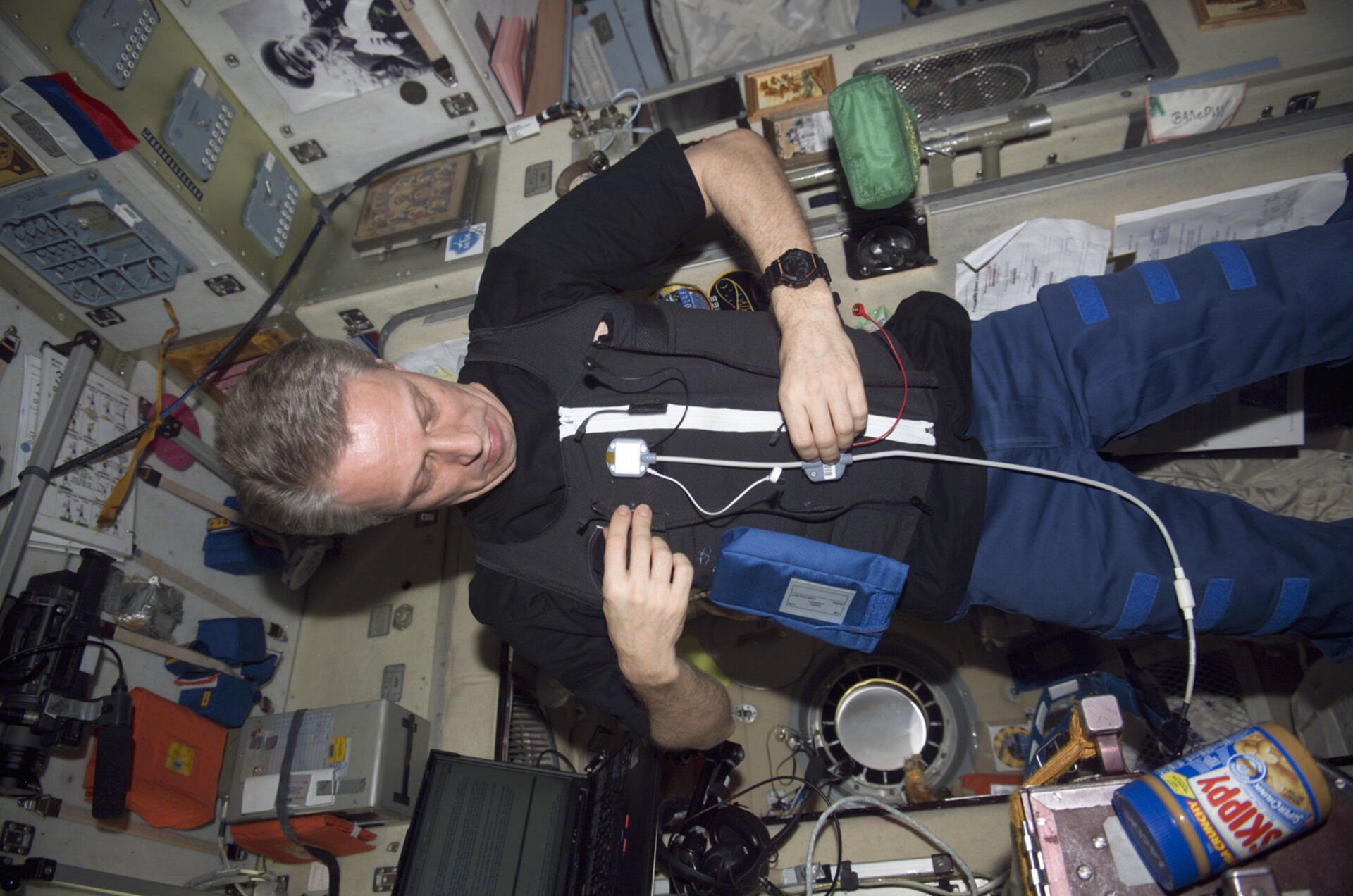Experiment examples in life sciences
CASPER
Proposed by Marc O'Griofa.
Conducted on board the ISS during the German Astrolab mission in November 2006.
CASPER (Cardiac Adapted Sleep Parameter Electrocardiogram Recorder) is a novel and accurate way to study the sleep patterns of astronauts in microgravity conditions since disturbed sleep is a common problem during spaceflight. The research might contribute to a solution for the sleep disruption and ensure sleep stability.
A special vest with embedded sensors and cabling to connect pre-gelled electrodes is worn by the astronaut. During his sleep the heart rate is registered by the use of an electrocardiogram (ECG). A PDA stores the measured cardiac data (and other parameters like respiration and actigraphy) when the astronaut is asleep. Additionally, the PDA contains a pre-sleep and a post-sleep questionnaire which the astronaut fills in before and immediately after the sleep period respectively.
Bone Proteomics
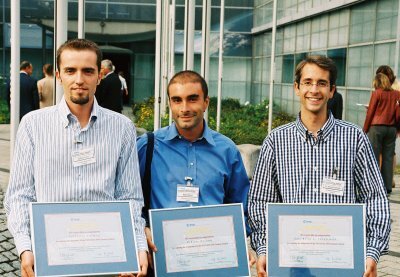
Proposed by Adalberto Costessi.
Conducted on board the ISS during the Italian Eneide mission in April 2005.
The winning experiment proposal from the SUCCESS Students Contest in 2002 investigates the protein content of human osteoblasts (bone-producing cells) that have been artificially stimulated in a microgravity environment.
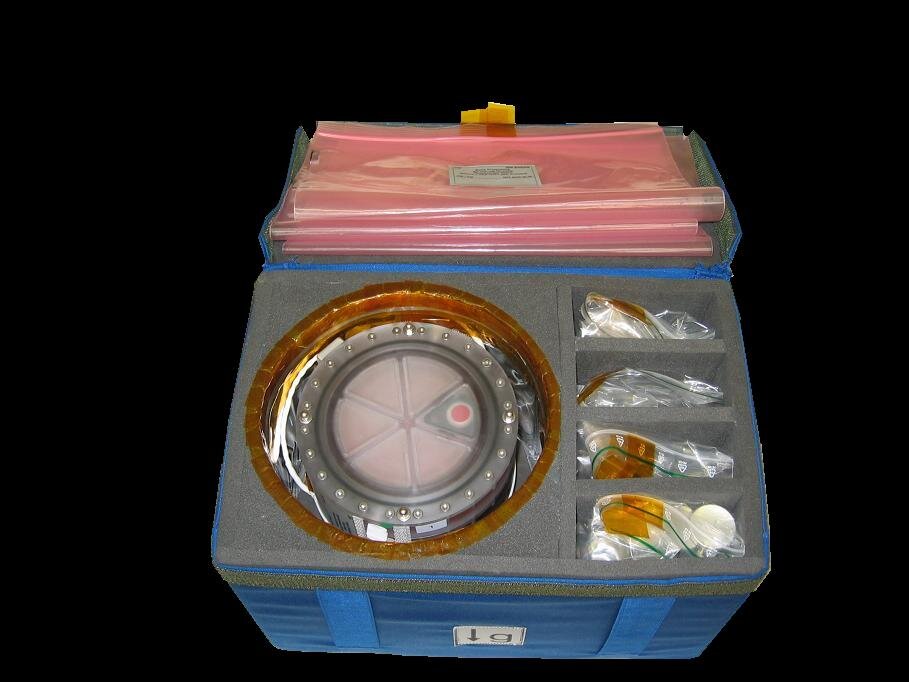
Many astronauts suffer from bone loss after long-term exposure to weightlessness. It seems that this effect is mainly due to a reduced activity of the osteoblasts. The mechanisms responsible for this bone loss parallel those that cause osteoporosis - the bone-wasting disease that affects millions of mainly elderly people all over the world. The findings of Adalberto's research could contribute to a cure for this disease.
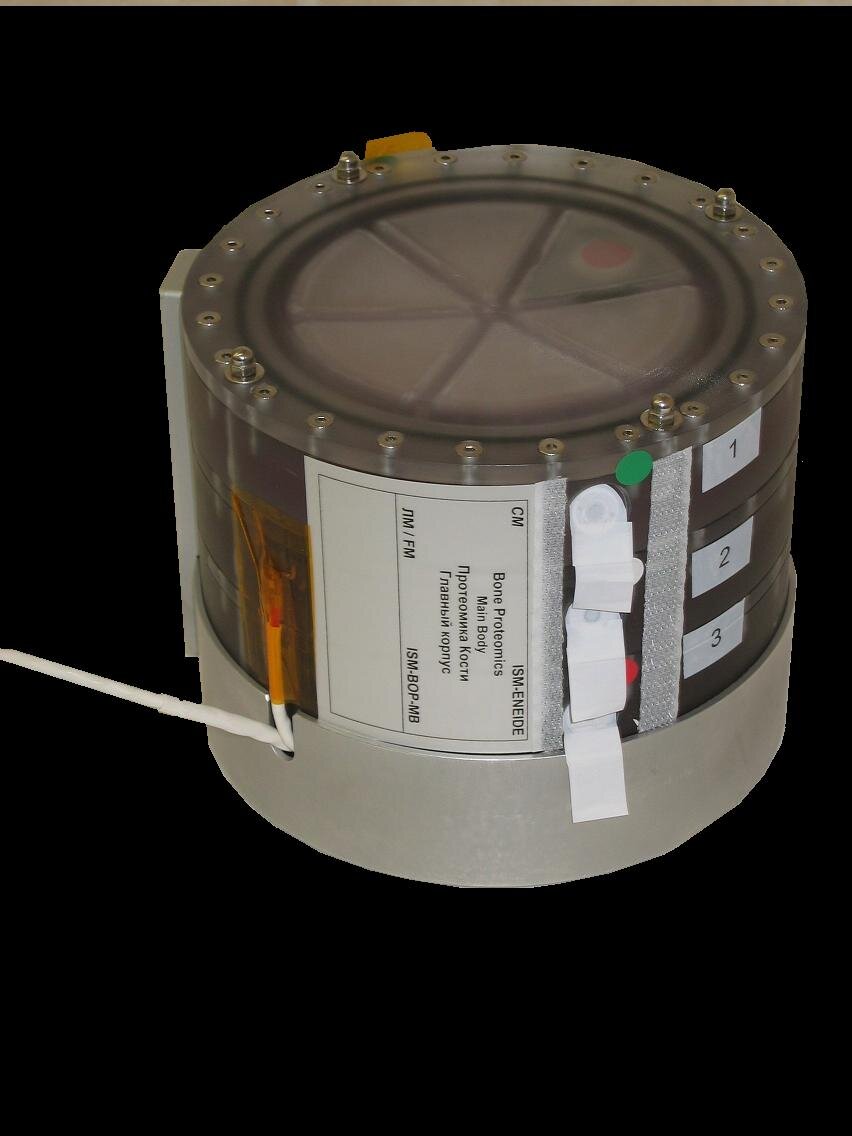
During the experiment osteoblast cells are stimulated with a molecule known as ATP in order to study whether the ATP stimulation could balance or overcome the negative effects of weightlessness, as well as to study the whole protein content of osteoblast cells.
The samples of the stimulated osteoblast cells are compared to a ground-based reference experiment.
GraPhoBox
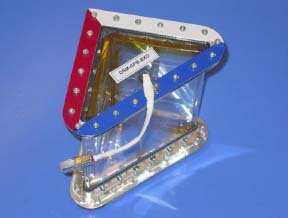
Proposed by Karel Buizer.
Conducted on board the ISS during the Dutch Delta mission in April 2005.
GraPhoBox assesses the effect of phototropism (growth towards a light source) and gravitropism (growth towards the gravitational vector) on the basic architecture (root growing 'down', shoot growing 'up') of plants.
The experiment investigates both whether light has an effect on the growth direction of the root and whether gravity affects the growth direction of the shoot. This is directly opposite to experiments that have been conducted for many years, where gravity-influence on the root and light-influence on the shoot have been examined.
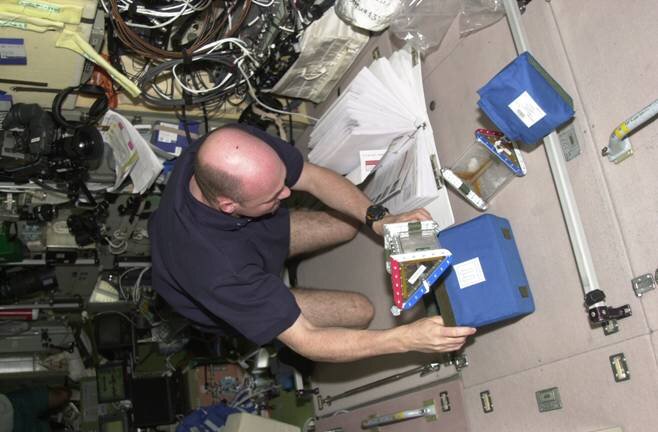
During the experiment wild-type and mutant seeds of the Arabidopsis Thaliana are germinated in a custom built growth box with a light and dark growth chamber in dark and blue low fluence light.
After ten days photos are taken of the seedling’s roots and shoots. The results are compared to a ground-based reference experiment.
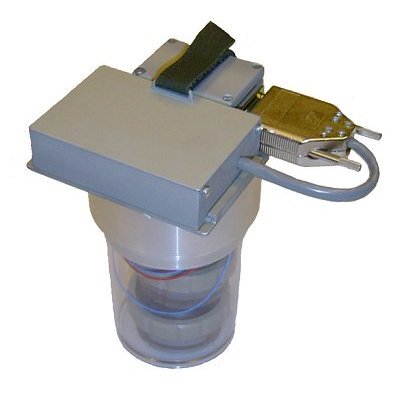
The experiment hypothesis is that since weightlessness can affect the performance of bacteria, the output of a bacterial battery could be altered by weightlessness.
Two fuel cells are tested. They both consisted of an anode chamber, a cathode chamber, a membrane and a clamp ring. A data logger records the voltage and the current as well as the temperature of the fuel cells.
Chondro
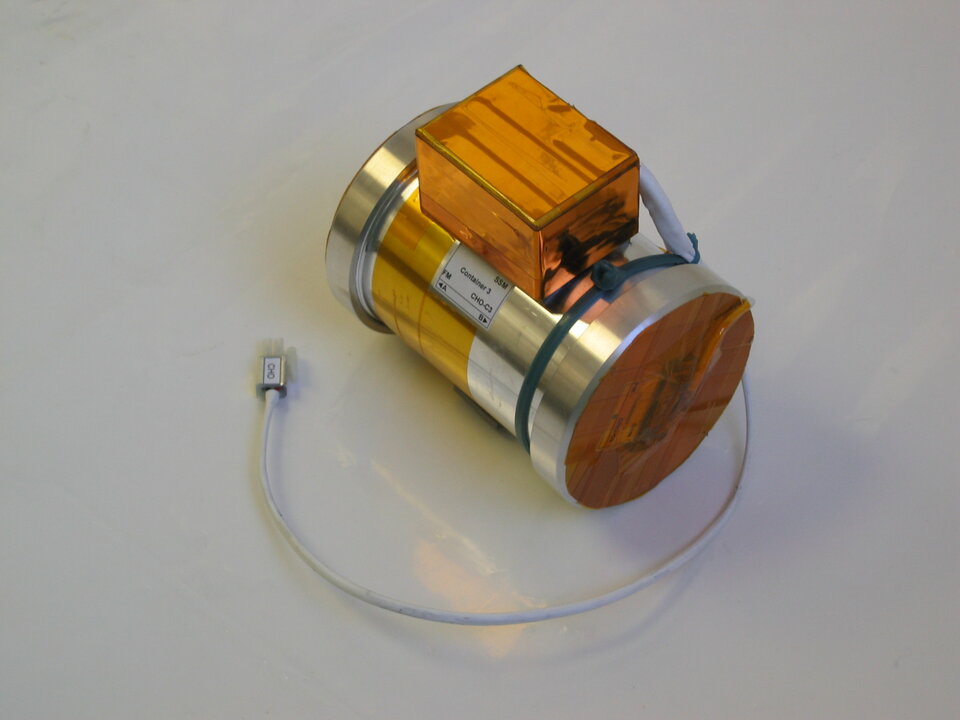
Proposed by Georg Keller and Vlada Stamenkovic.
Conducted on board the ISS during the Spanish Cervantes mission in October 2003.
Since many people suffer from cartilage related diseases, modern medicine is trying to come up with a solution. One of the keys to a cure could be to grow artificial cartilage that can then be implanted in the human body.
On Earth, gravity causes sedimentation of the newly formed material, disturbing the growth of cartilage in a three-dimensional structure. A logical next step is to eliminate the sedimentation process by conducting experiments under microgravity conditions.
Research on space-grown cartilage that has not suffered from sedimentation could give an insight into how cartilage is formed and possibly lead to a cure for cartilage related diseases.
A small battery-powered incubator is built for the Chondro experiment. The incubator is able to keep sample material and nutrients at mammal temperatures for the duration of a 10-day mission on board the International Space Station.
To prevent any leakages the facility is constructed from several jars that fitted inside each other, much like a Russian Matroushka doll. Small electronics, a resistive heater and several back-up temperature switches, guarantee a fixed temperature on the inside of the experiment facility, while at same time safeguarding the temperature on the outside of the equipment facility.
Winograd
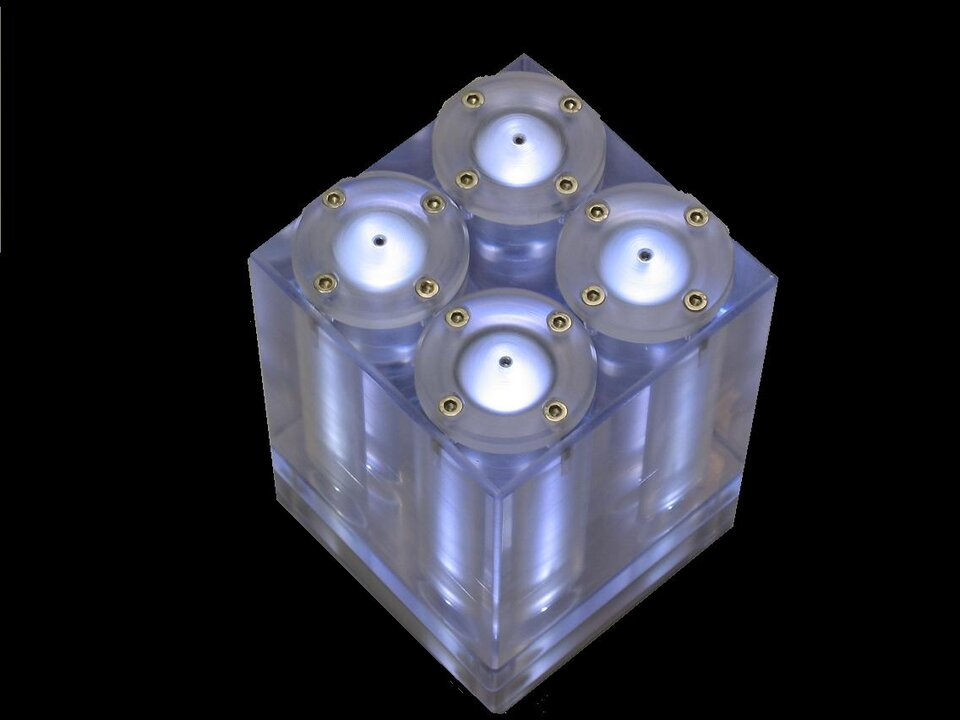
Proposed by Tamara Banjaree, Rishi Dhir and Darren Smillie.
Conducted on board the ISS during the Spanish Cervantes mission in October 2003.
A Winogradski column is a colony of different types of bacteria (as found in ordinary ponds or in lake water) that have organised themselves according to a certain pattern where the waste produced by one type of bacteria serves as a nutrient for other bacteria.
On Earth a special feature of the Winogradski column is that the cooperating organisms always arrange themselves in predictable horizontal layers. Since the bacteria are living off each other’s waste products and the only input needed is light, the system can be said to be perpetual.
The scientific question of the experiment was to find out whether this layering is solely due to the biological cooperation of these organisms, or does gravity play an additional crucial role? If the latter is the case, the distinct layering was expected not to appear under conditions of weightlessness.
For reference the flight experiment is duplicated on the ground at 1g. In both the ground and space experiments, four so-called 'Winogradski Sample Containers' (polycarbonate tubes), each containing pond water, were placed in the 'Winograd Block'. Two containers contain substrates with Earth grown Winogradski columns and two containers contain pond water in which the Winogradski column still has to be formed.
As well as housing the sample containers, the 'Winograd Block' positions the containers correctly with respect to the 'Illumination Block'. The Illumination Block containes a small electrical circuit with four Light Emitting Diodes. The sample containers are illuminated 18 hours a day for the duration of eight weeks in order to conduct the process of photosynthesis, hence producing waste that serves as a nutricient for other bacteria.


